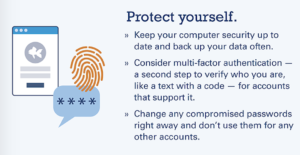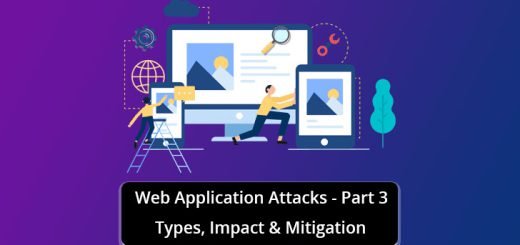What is Phishing Attacks, Identify, Types and Prevention?
Warning: Attempt to read property "post_excerpt" on null in /home/u540484907/domains/icssindia.in/public_html/blogs/wp-content/themes/hueman/tmpl/single-tmpl.php on line 25
A Phishing attack is a kind of social engineering attack that is meant to steal user data, which includes credit card numbers and login credentials. This is done by impersonating as a trusted organization, deceives the victim to open the email, IMs or SMSs which further installs deadly malware into the system or locks the system to demand a ransom to unlock the system or disclose confidential information.
How to Identify Phishing Attacks?
Phishing attacks are generally prompted through emails, however, there are ways to differentiate legitimate emails from suspicious.
It is vital to train employees of any organization on how to identify malicious emails to ensure data loss prevention. Data leaks often occur when employees are not equipped with the right amount of security awareness on how to protect the company’s data.
Following are some of the signs and symptoms to understand that the email is a phishing attempt and not a legitimate one
- If you find any generic greetings and if the email doesn’t address your actual name to greet you. This is certainly a phishing attempt that is launched in bulk
- When emails from suspicious sources request you to share personal information are most likely to be phishing emails as authorized companies will never ask for personal information through emails.
- Email contents that have a sense of urgency and demand a quick response can be a source of phishing.
- Emails with hoaxed links which when clicked redirects the user to malicious websites. Hover over any such suspicious links to check for its authenticity. Check if it has HTTPS in the URL as ‘S’ stands for Security and can be sure the website is encrypted.
If your interest is in ethical hacking, then what is Ethical Hacking? and how to become a Hacker (Hacker) and Ethical Hacking, Certifications, Career & Salary? His complete information is here.
Types of Phishing Attacks?
Deceptive Phishing – This is a type of phishing, where the attacker impersonates a genuine company in order to steal confidential data.
Spear Phishing – This type of phishing email is customized with the victim’s name, company, phone number, position and any other personal information to deceive the user and convince that they are genuine.
CEO Fraud – Phishers implement the use of an email address with the name of a higher authority to demand payments within the company.
Pharming – Hackers hijack the domain name of a website and use it to redirect the users to a malware site and impose an attack.
Dropbox Phishing – Genuine-looking emails deceive the customers to come from dropbox and demands to click to ensure to secure the account.
How to prevent phishing Attacks?

Check for the spelling of the URLs even before you click or share any sensitive information
Check on the URL redirects, where you might be redirected to another website that looks similar to the actual website that you intend to visit.
Do not post or share any personal or sensitive data like your birthday, your address, or phone number on social media forums
Source: thehackers.news.blog










